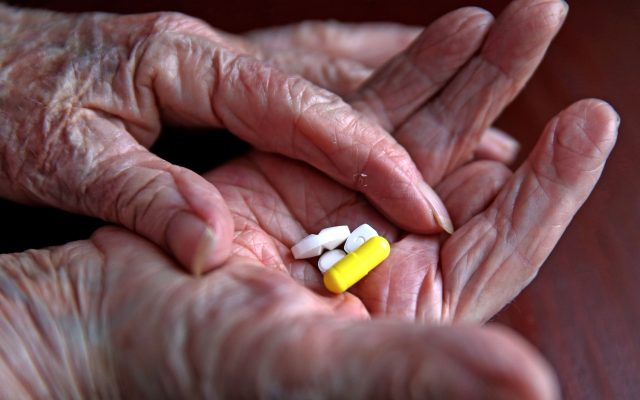Tip Sheet: Respectfully Covering HIV and AIDS

NEW YORK – Please consider the following guidelines when covering stories about HIV and AIDS. The reality of HIV and AIDS has evolved in the United States since it was first brought to the public consciousness in the 1980s. Last week, Georgia State Representative Betty Price made the disturbing, misinformed suggestion that people living with HIV and AIDS should be quarantined. Price’s remark illustrates the miseducation and stigma that continues to surround this topic, as well as the need to get the story right about HIV and AIDS in this country.
This style guide will help you avoid common mistakes and prevent the stigmatization of people who are living with, or affected by, HIV.
DON’T use “HIV/AIDS.” This implies that the two are the same or interchangeable, and they’re not. Everyone who has AIDS has HIV, but not everyone with HIV develops AIDS.
DO use “HIV and AIDS” or “HIV or AIDS,” as applicable in the context of your story.
AVOID reducing people to their HIV status.
DON’T use the term “HIV positive person.”
DO use “person living with HIV.”
AVOID using terms such as “terminal illness,” and “fatal illness,” as well as sensationalistic words such as “scourge” or “plague.” This is not accurate, due to advances in treatment. HIV and AIDS can be more accurately described as a “life-threatening disease when not treated.”
DO emphasize that the life expectancy of people living with HIV and AIDS has increased significantly.
DO report the fact that the Center for Disease Control has recently recognized that when individual’s HIV viral count is undetectable, it is virtually impossible for them to transmit HIV to a sexual partner.
DON’T use the term “high-risk group” as it is often used to stigmatize LGBTQ populations. HIV transmission is not exclusive to any one sexual orientation. Instead, it is better to say that a person is engaging in a “known risk factor” such as sex without a condom or using unsterile needles.
AVOID terms that directly or indirectly pit LGBTQ people against others at risk for HIV. For example, references to “the general population” typically are used to suggest that LGBTQ people should be considered separate and apart from broader prevention and treatment strategies.
AVOID the use of derogatory and stigmatizing terms such as “drug addict” or “drug abuser.”
DO use “person who injects drugs.”
DON’T use “intravenous drug user,” which may often not be accurate because drugs can also be injected subcutaneously or intramuscularly.
DON’T use the terms “unprotected sex” or “unsafe sex.” Instead be as specific as possible such as “engaged in sex without a condom.”
DO use “safer sex” to describe choices that are made to reduce or minimize the possibility of HIV transmission.
DON’T use “safe sex,” as it implies there is zero risk.
DON’T say “death from AIDS” or a person “died of AIDS,” as this is inaccurate. AIDS is a syndrome, that is, a group of illnesses resulting from the weakening of a person’s immune system. It is better to say a person has died of complications from having AIDS or an AIDS related illness.
DO include voices of people living with HIV and AIDS. Hearing from people living with HIV and AIDS, not just caregivers and researchers is critically important.
DO include information about assets and support structures that exist for those living with HIV. Access to healthcare and education about the virus makes living with HIV easier.
ALSO identify when communities do not have access to these assets, and why they do not have access to these assets.
About GLAAD: GLAAD amplifies the voice of the LGBTQ community by empowering real people to share their stories, holding the media accountable for the words and images they present, and helping grassroots organizations communicate effectively. By ensuring that the stories of LGBTQ people are heard through the media, GLAAD promotes understanding, increases acceptance, and advances equality.
About AIDS United: AIDS United’s mission is to end the AIDS epidemic in the U.S. through strategic grant-making, capacity building, formative research and policy. AIDS United works to ensure access to life-saving HIV/AIDS care and prevention services and to advance sound HIV/AIDS-related policy for U.S. populations and communities most impacted by the epidemic. To date, our strategic grant-making initiatives have directly funded more than $104 million to local communities, and have leveraged more than $117 million in additional investments for programs that include, but are not limited to HIV prevention, access to care, capacity building, harm reduction and advocacy. aidsunited.org.
www.glaad.org/blog/tip-sheet-respectfully-covering-hiv-and-aids






